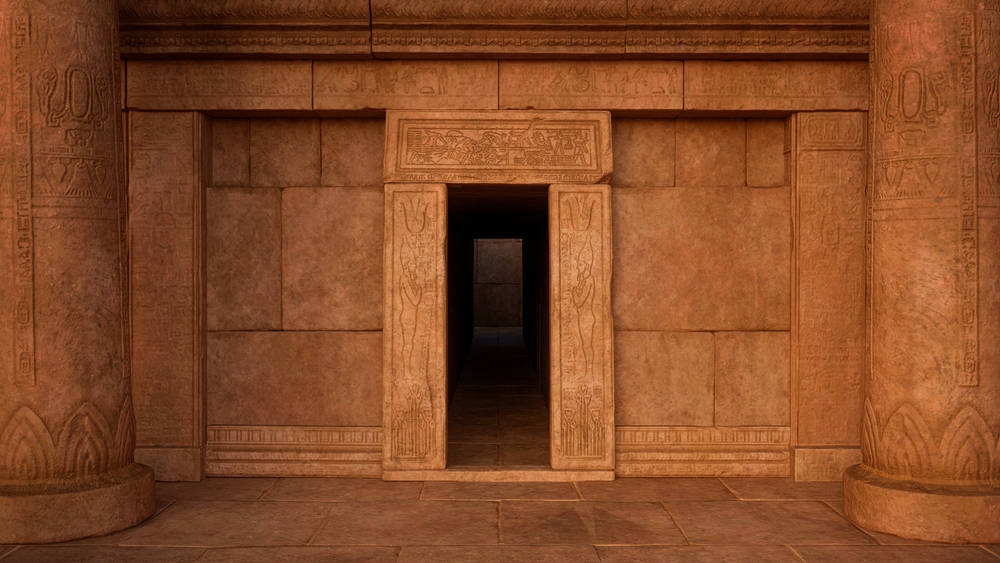Discovery of King Thutmose II’s Tomb May be Most Significant Find Since King Tut
Posted on Categories Discover Magazine

Archaeologists have unearthed King Thutmose II’s tomb — the most significant Egyptian discovery since King Tut’s resting place was found in 1922.
A team of British and Egyptian archaeologists located the burial place west of Luxor’s “Valley of the Kings,” according to Egyptian officials. Thutmose II was a member of King Tut’s complicated family tree. The find fills in a major gap; it represents the last missing tomb of 18th Dynasty Egyptian royalty.
“This is the first time funerary furniture belonging to Thutmose II has been discovered, as no such items exist in museums worldwide,” Mohamed Ismail Khaled, secretary-general of the Supreme Council of Antiquities (SCA) said in a statement by Egypt’s State Information Service (SIS).
Confirmation of King Thutmose II
An excavation that began in 2022 located the entrance and main corridor of the tomb, but they found no objects or writings to identify who was buried there. That changed when the archaeologists reached the main chamber.
There they found fragments of alabaster jars inscribed with the names of Thutmose II and his principal wife, Queen Hatshepsut. Those artifacts proved definitive evidence of the tomb’s ownership.
Before the main chamber was breached, some Egyptologists theorized the tomb belonged to a royal consort. It is located near the tomb’s of both King Thutmose III’s wives and Queen Hatshepsut, the king’s wife and half-sister. Experts have determined that she oversaw Thutmose-II’s burial.
Read More: King Tut’s Muddy Family Tree was Full of Incest and Intrigue
Flooding Damaged the Tomb
Unfortunately the tomb was not in great shape. It likely flooded not long after the king’s death. It’s possible that was the reason Thutmose II was no longer buried there. His mummy was actually discovered in another tomb opposite of Luxor in 1881.
“Water damage caused severe deterioration, leading to the loss of many original contents, which are believed to have been relocated during ancient times,” Mohamed Abdel Badei, head of the Ancient Egyptian Antiquities Sector and head of the mission from the Egyptian side, said in the SIS statement.
However, some teams have restored portions of fallen plaster holding designs and inscription linking the tomb to royalty. Perhaps the most significant was elements of the Book of Amduat, a key religious text used in royal tombs, according to Badei.
Article Sources
Our writers at Discovermagazine.com use peer-reviewed studies and high-quality sources for our articles, and our editors review for scientific accuracy and editorial standards. Review the sources used below for this article:
Before joining Discover Magazine, Paul Smaglik spent over 20 years as a science journalist, specializing in U.S. life science policy and global scientific career issues. He began his career in newspapers, but switched to scientific magazines. His work has appeared in publications including Science News, Science, Nature, and Scientific American.